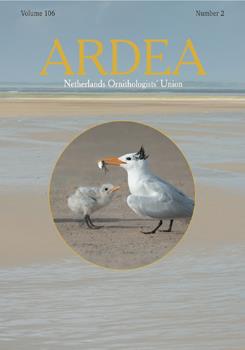During migration, birds often need to gain large fuel loads, especially if they must cross large geographic barriers with poor or absent fuelling opportunities. The Willow Warbler is a songbird associated with woodland that also opportunistically exploits other habitat types, such as reed beds, allowing it to fuel quickly. Reed beds along the coast of the Bay of Biscay constitute potentially targeted fuelling sites for birds moving from northern Europe to Africa in autumn. Using data obtained from a ringing station, we tested to what extent these coastal sites are opportunistically used by Willow Warblers. The study was carried out in a reed bed area at Txingudi marshlands, one of the main wetlands at the Bay of Biscay in northern Iberia. We found that when Willow Warblers were more abundant, that birds deposited fuel more quickly, and that annual mean fuel load was correlated with the number of captures, suggesting opportunistic stopover exploitation.
How to translate text using browser tools
1 October 2018
Opportunistic Stopovers of Willow Warblers Phylloscopus trochilus in a Reed Bed Area at the Bay of Biscay During Autumn Migration
Svana Rogalla,
Juan Arizaga
ACCESS THE FULL ARTICLE

Ardea
Vol. 106 • No. 2
October 2018
Vol. 106 • No. 2
October 2018
Atlantic Flyway
Fuel
Northern Iberia
ringing
woodland passerines




